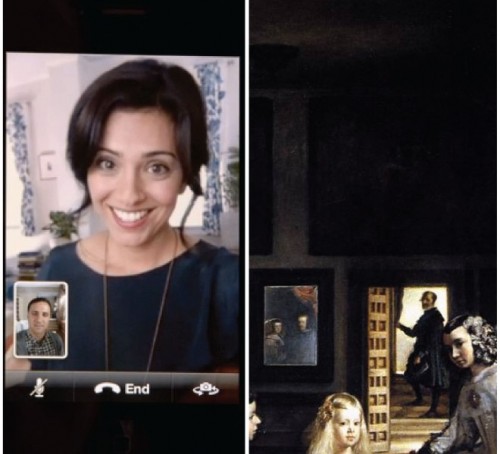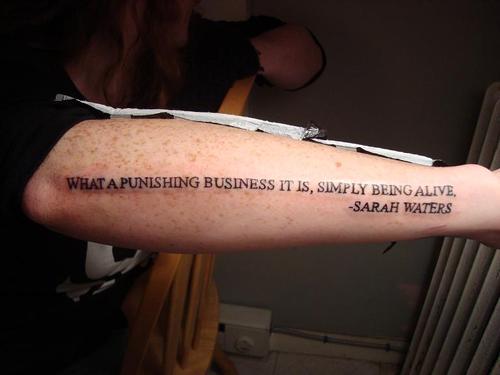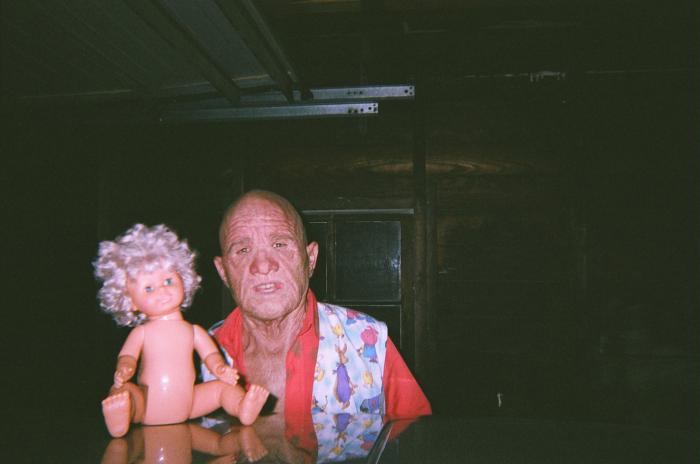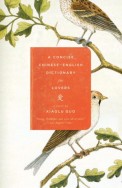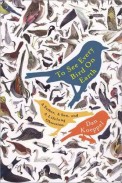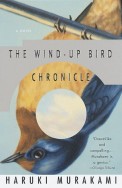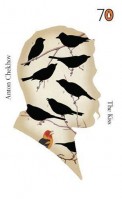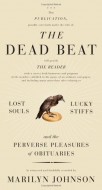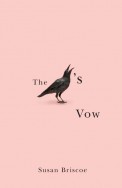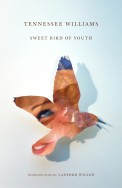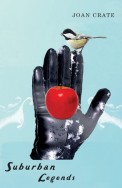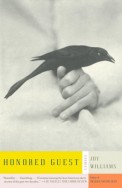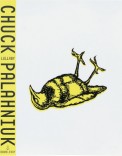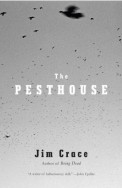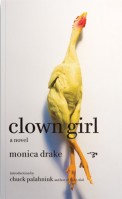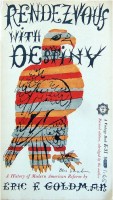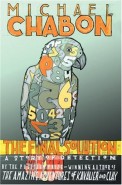 When I was about 5, my mother started reading the first installment in The Boxcar Children to me. She got to the end of chapter one and asked if I wanted her to continue. I could not believe my luck: this story, these characters, lived on in the following chapter. I was accustomed to picture books, wherein the narrative concludes after 15 pages or so. Any big books I may have had were probably anthologies of similar stories, fairy tales or fables or the like. That there were all these bigger longer stories was the most awesome childhood discovery. That The Boxcar Children was a whole series of such books, well, hell’s bells.
When I was about 5, my mother started reading the first installment in The Boxcar Children to me. She got to the end of chapter one and asked if I wanted her to continue. I could not believe my luck: this story, these characters, lived on in the following chapter. I was accustomed to picture books, wherein the narrative concludes after 15 pages or so. Any big books I may have had were probably anthologies of similar stories, fairy tales or fables or the like. That there were all these bigger longer stories was the most awesome childhood discovery. That The Boxcar Children was a whole series of such books, well, hell’s bells.
This began as a comment to Catherine’s post this morning, but then I felt like I was talking about something kind of different, so I decided to devote a post. Catherine coined the term “intellectual fatties” to describe long, abstruse novels that she gets no joy from reading. Presumably, the longer a difficult book is, the harder it is to get through, which is why she limited the field as to length. This got me to thinking about books that are long, but only regularly difficult. I don’t, to my knowledge, read many very difficult books of any length, so I can’t speak as to that.
The longest books I’ve finished are Moby Dick, War and Peace, A Suitable Boy, Les Miserables, lots of big Dickens. None of these are terribly difficult intellectually, but in all cases the experience was joyous. Longer is not harder to get through, in my experience. It’s actually much easier to read one 1200 page book, intellectually, than to read 4 books of 300 pages. In the latter case, you have to get accustomed to 4 different worlds, 4 different voices, so many more characters. In the first case, you only acclimatize one time, and then you are sailing. And you get to know those characters so much better, and you become fluent in the sound and the rhythms of the prose. After finishing The Pickwick Papers, the first 150 pages of which are dreck, I missed Sam Weller the way I miss good friends in absentia.
Whenever I teach a book to my students, I assign the first 30 or so pages, talk about those, and then assign increasingly larger sections for the duration of the novel. This isn’t just because beginnings are so important; it’s because starting a novel, and learning to navigate its terrain, is the hardest part, and I want to spend a lot of time helping them with that.
While I don’t have any hard numbers to back this up, I’m pretty sure that most of the books I’ve not finished (but have read at least, say, 40 pages of) come in under 200 pages. Don’t know why, really, but perhaps it’s because the investment doesn’t seem worth it, if I’m not pretty immediately delighted by it. Once I get into it, it’ll just be over. That’s no fun.
I prefer television shows to movies for the same reason. If I’ve signed up to immerse myself another person’s vision of things, I don’t want to be hauled ashore after just 2 or 3 hours.
